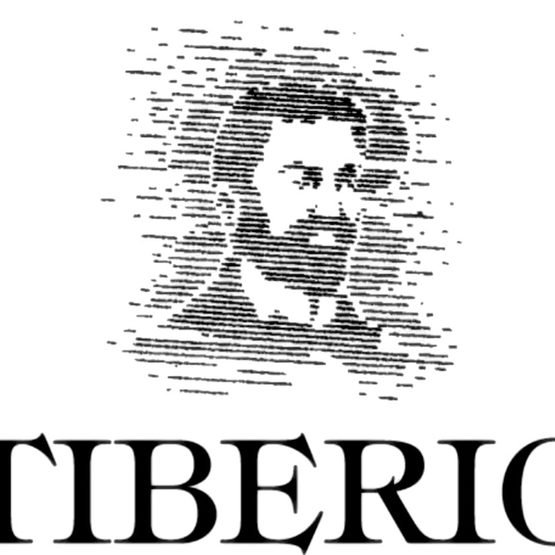
Tiberio
The story of Azienda Agricola Tiberio rings more like a new world tale than one from the old world of the ancient lands beneath the Majella and Gran Sasso mountains in Abruzzo. At 350 meters, twenty three miles inland from the seaside city of Pescara near the hillside town of Cugnoli, Riccardo Tiberio found an old plot of Trebbiano Abruzzese vines roughly 60 years old so impressive that he decided to change his and his family’s destiny. He knew that Trebbiano Abruzzese vines were a rarity and not at all to be confused with Trebbiano Toscano and other similar-looking but altogether different varieties that had been mistakenly planted instead. As the export manager for a well known cantina in the region, Riccardo knew well what Abruzzo grapes could offer and what the modern world expected.
He made the plunge in 2000, purchasing the 8 hectare old vine plot of Trebbiano Abruzzese with 31 hectares of land suitable for his single estate wines. Guided by decades of personal experience and one of Italy’s most renowned nurseries, Riccardo planted a selection of indigenous varieties matched to the different soil characteristics in the vineyard. Montepulciano d’Abruzzo, Trebbiano Abruzzese, and Aglianico, were planted along with Pecorino and Moscato di Castiglione clones from ancient vines in the area. Experiments with small plantings of international varietals were also undertaken. When Tiberio released its first vintage in 2004 the wine cognoscenti took notice of Tiberio’s mineral whites and fruit forward reds.
WINEMAKER
In 2008, Riccardo Tiberio handed over the reins of the winery to his highly competent children, daughter Cristiana and son Antonio. The role of agronomist goes to Antonio while Cristiana handles the winemaking duties.
Cristiana is a chemistry graduate and teaches college level winemaking chemistry and sommelier classes. She has an impressive list of training stints including Jacques Selosse in Champagne, Nicolas Joly at Coulee de Serrant, Egon Muller in the Mosel, and various producers in Chablis. She has even been “down under” to Australia’s Clare Valley. In 2011 she took over all the winemaking duties and is now solely responsible for the wines made at the estate. You can assume from her resume that structure and minerality are key to her style.
While Cristiana has traveled the world, she believes “that you can only truly make a wine with the greatest expression of the place if you have lived there and really understand the climate and sense of the place.”
- http://www.thesortingtable.com/grower/tiberio/
- Country:
- Italy
- Agricultural Standards: Sustainable